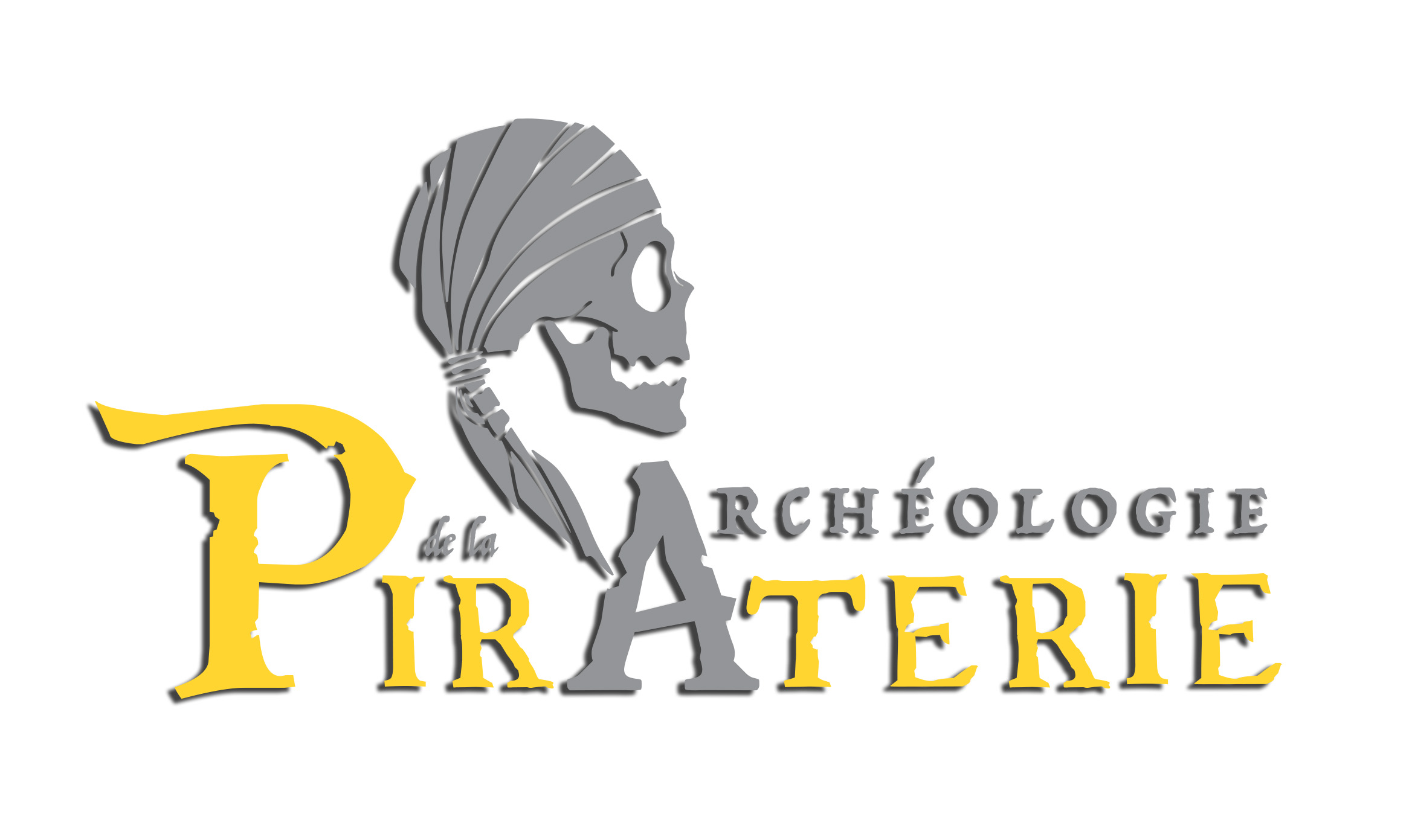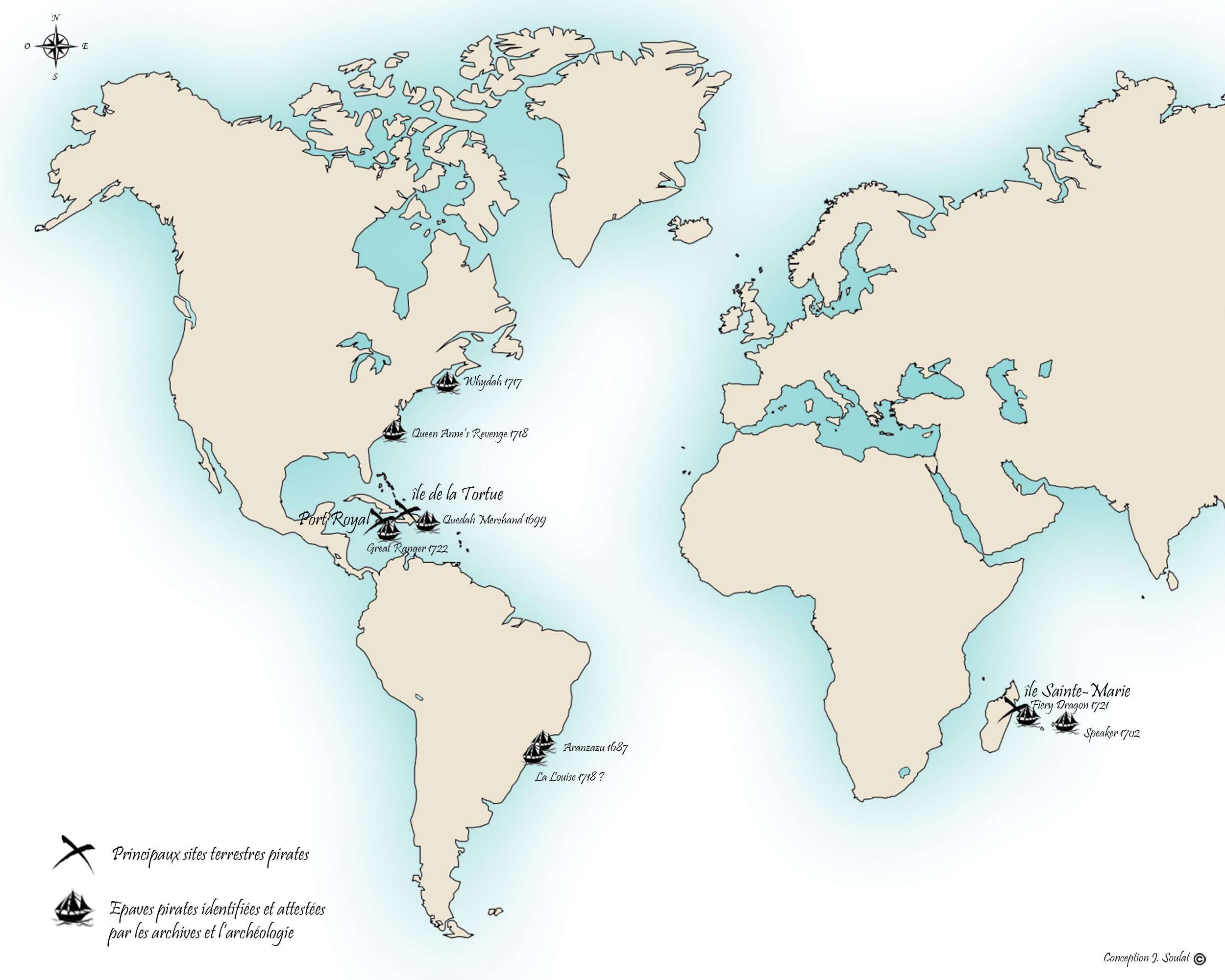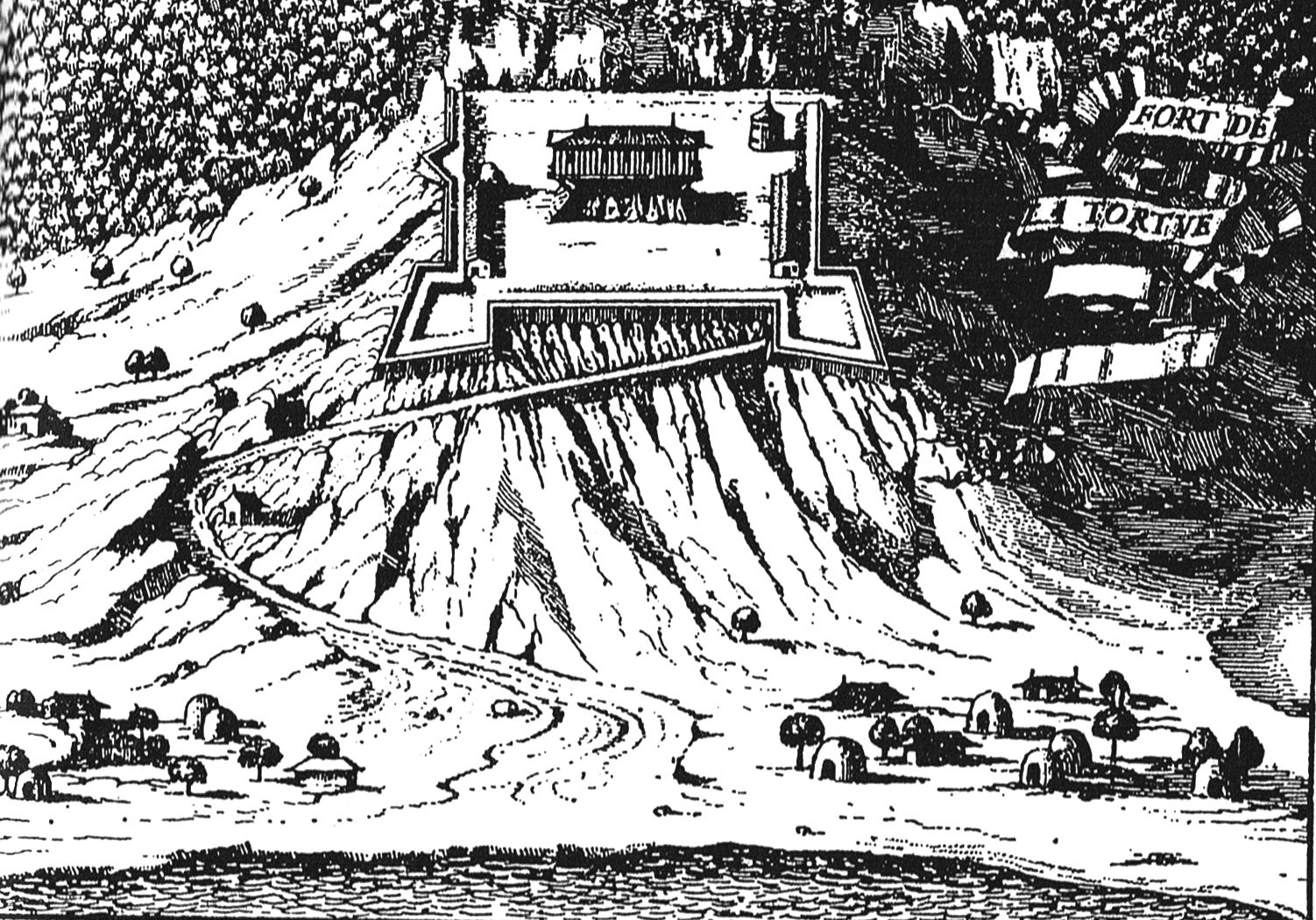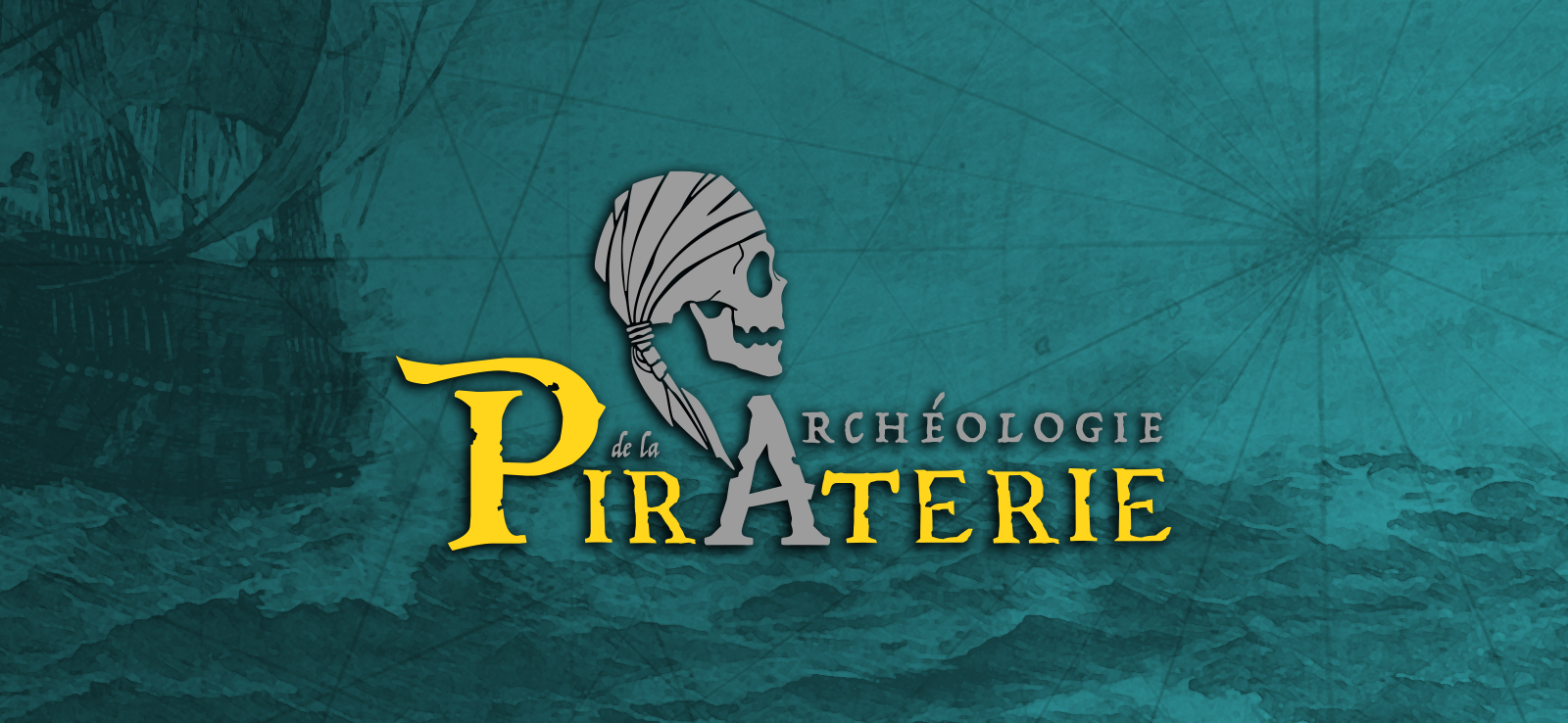The archaeology of piracy is a recent discipline whose archaeologists have been conducting archaeological research and excavations between the east coast of the United States, the Caribbean and the Indian Ocean for the past fifty years. Today, only a handful of pirate shipwrecks have been discovered, identified and often partially excavated. However, other research has been carried out on terrestrial sites, notably the remains of camps on the coast or architectural elements linked to defensive systems. The study of cultural material linked to these installations is also expanding.

To date, less than a dozen 17th-18th century pirate shipwrecks have been discovered and documented by underwater archaeology. Their identification is of course linked to an exhaustive examination of the documentation of archives and seafarers' accounts according to the targeted geographical area. They are found along the east coast of the United States, in the Caribbean Sea, along the Brazilian coast and in the Indian Ocean, although other shipwrecks are being searched or identified in the Strait of Magellan, near the Brazilian coast or along the French Atlantic coast. Among the main shipwrecks found, two were excavated on the east coast of North America with the Whydah Gally (1717), the Queen Anne's Revenge (1718), in Caribbean waters with the Quedah Merchant (1699) and the Great Ranger (1722) in Jamaica, but also two in the Indian Ocean with a wreck in the bay of Ambodifototra on Sainte-Marie Island of Madagascar, believe to be the Fiery Dragon (1721) and another shipwreck, the Speaker (1702), found on the east coast of Mauritius. In the south of Brazil, two pirate wrecks have been discovered. The first is a shipwreck located in the 1960s near the island of Cotinga. The archives evoke a ship which sank in 1718 and certain elements still to be confirmed could identify this ship as La Louise of pirate Olivier Levasseur aka “La Buse”. The 2nd shipwreck was discovered near the island of Santa Catarina. Historical and archaeological research made it possible to identify it in 2004 as a Spanish ship which sank in 1687, probably the Aranzazu, captured first by the English pirate Edward Davis then by the buccaneer Thomas Prince or Frins.
These shipwrecks are all linked to a famous pirate: Samuel Bellamy, Edward Teach aka “Blackbeard”, William Kidd, Bartholomew Roberts, Christopher Condent (aka William Condon or Edward Congdon), and John Bowen.

In full development, including terrestrial investigations, are aimed at detecting coastal occupations in the Caribbean and the Indian Ocean in connection with floating installations. For example, on the island of Saint Martin, recent excavations have brought to light what strongly resembles an ephemeral floating camp serving as a fairing area. But it is research targeting the defensive systems of the Caribbean or the Indian Ocean, thus touching on coastal contexts linked to piracy, which appear the most promising. Going in this direction, the forts of Santo Domingo and more precisely of Tortuga Island for the Caribbean, but also of the Sainte-Marie Island in Madagascar have already been highlighted through hagiographic sources, archives and plans drawn up in the 17th and 18th centuries. The organization of future exploration and prospecting missions will provide clear archaeological perspectives for these prominent places of piracy.

A team of French and international researchers therefore decided to create in 2019 a research program dedicated to the archaeology of piracy from the 17th to 18th centuries in order to enhance investigations in the field and Ocean future research. This website allows readers to consult investigation related to this research program which brings together the main exploration and study missions, from the Caribbean to the Indian, the team's publications and communication tools.

